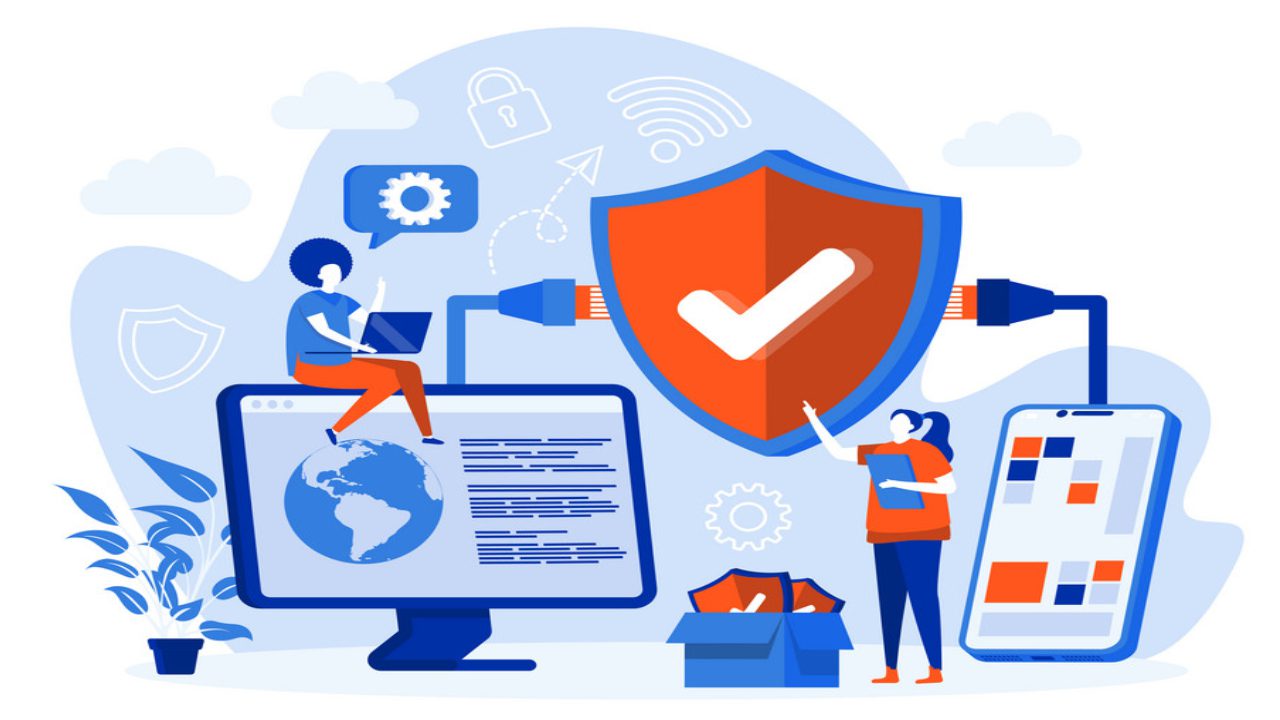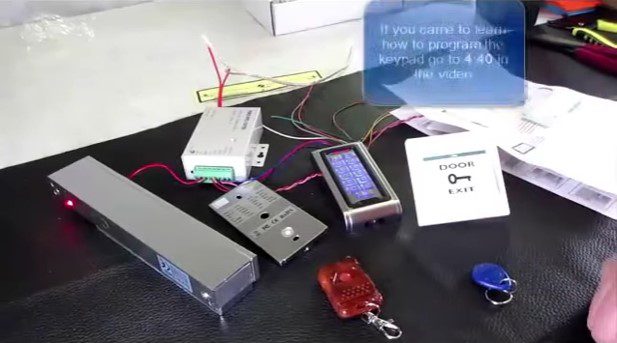In today’s connected world, keeping computer networks safe is crucial. Vector security networks is a great way to protect these networks. This article will explain vector security networks. It will show why they matter and how they work. We will use simple language and clear examples to make it easy to understand.
What Is Vector Security Networks?
Vector security networks is a way to protect computer networks from threats and attacks. It focuses on managing and watching different entry points, called “vectors.” These are the ways attackers might use to get into a network. The goal is to prevent unauthorized access and keep data safe from harm.
Imagine vector security like a comprehensive security system for your home. Locking doors keeps intruders out. Vector security protects networks. It uses different methods to keep threats away. It helps keep attackers away from computer systems.
Why Is Vector Security Networks Important?
-
Protects Sensitive Information: Many companies and individuals store valuable information on their networks. Vector security helps keep this information safe from unauthorized access and potential theft.
-
Prevents Attacks: Hackers often try to break into networks. They want to steal data or cause damage. Vector security works to stop these attacks before they can have any harmful effects.
-
Ensures Privacy: Privacy is essential for everyone. Vector security keeps personal and business information safe. It makes sure that data stays private and protected.
-
Maintains Trust: For businesses, maintaining trust with customers is critical. Vector security helps companies protect customer data. This builds trust in their services.
How Does Vector Security Networks Work?
Vector security networks works by focusing on various ways attackers might try to enter a network. We call these ways vectors. Here are some key components of vector security:
1. Firewall
A firewall acts as a barrier that keeps unwanted traffic out of a network. It filters data and only allows authorized data to pass through. Think of it as a gatekeeper that decides what can enter and what to block.
2. Antivirus Software
Antivirus software finds and removes harmful programs like viruses from a computer. It scans files and programs for signs of infection and removes them to keep the network safe. Updating antivirus software ensures it can protect against the latest threats.
3. Intrusion Detection Systems (IDS)
An Intrusion Detection System monitors network traffic for suspicious activity. It works like a security camera. It watches for problems and alerts administrators if something unusual happens. This helps in early detection and response to potential threats.
4. Encryption
Encryption protects data by converting it into a code. Only authorized users who have the correct key can decode and access the data. This is like locking important information in a safe that only certain people can open. Encryption is essential for protecting sensitive information during transmission and storage.
5. Access Control
Access control systems manage who can enter or use certain parts of a network. They ensure that only authorized individuals can access sensitive information or specific areas. This is like having different keys for different rooms in a house.
Types of Vectors in Vector Security
Vectors are different ways that attackers might try to get into a network. Here are some common types:
1. Network Vectors
Network vectors are attack points that come through the internet or other networks. For example, an attacker might use an unsecured Wi-Fi to access a network. They might also exploit weaknesses in network protocols.
2. Email Vectors
Emails can be a way for attackers to deliver malicious software or phishing attempts. A phishing email can fool a user into sharing login details or downloading harmful files. Email security measures, such as spam filters, can help reduce these risks.
3. Software Vectors
Software vulnerabilities are weaknesses in programs that attackers can exploit. Keeping software updated and patched helps close these vulnerabilities and protect against attacks. Regular updates are crucial for maintaining software security.
4. Physical Vectors
Physical access to a network is another vector. For example, if someone gets access to a computer or server, they might steal data or add harmful software. Physical security tools, like access controls and cameras, help guard against these threats.
Best Practices for Vector Security
To keep a network safe, it is important to follow best practices. Here are some tips:
1. Keep Software Updated
Update all software, including operating systems and applications. Updates often include security patches that fix known vulnerabilities. This helps protect against new threats and exploits.
2. Use Strong Passwords
Create strong and unique passwords for all accounts and systems. Avoid using guessable information like birthdays or common words. Strong passwords should include a mix of letters, numbers, and special characters.
3. Put in place Multi-Factor Authentication (MFA)
MFA adds an extra layer of security by requiring more than one form of identification. For example, also to a password, you might need a code sent to your phone. MFA prevents unauthorized access even if someone compromises a password.
4. Train Users
Educate users about the importance of security and how to recognize threats. Regular training helps prevent mistakes and improves security. Users should know about threats like phishing scams. They should also learn how to handle sensitive information.
5. Track Network Traffic
Track network traffic for any signs of unusual activity. This helps detect and respond to potential threats. Network monitoring tools can provide real-time alerts and detailed reports on network activity.
6. Secure Physical Access
Restrict physical access to computers and servers. Use locks, access cards, and other security measures to prevent unauthorized access. Secure physical access helps protect against theft and tampering.
Challenges in Vector Security
Vector security can be challenging for several reasons:
1. Evolving Threats
Cyber threats change often. Researchers discover new attack methods and vulnerabilities often. We need to stay vigilant and update our defenses. Staying informed about the latest threats is essential for effective security.
2. Complexity
Managing vector security can be tough. This is especially true in large organizations with many systems and users. It requires careful planning and coordination among different departments and teams.
3. Resource Constraints
Setting up and keeping vector security can be expensive. It also needs dedicated resources. Small businesses may struggle with security costs. They might also find it hard to divide enough staff.
The Future of Vector Security
As technology continues to advance, vector security will also evolve. Here are some future trends:
1. Artificial Intelligence (AI)
AI will play a bigger role in vector security by helping detect and respond to threats faster. AI can examine large amounts of data. It looks for patterns and oddities that might signal a security breach.
2. Automated Security Tools
Automated tools will manage and enforce security policies. They can manage routine tasks like monitoring and reporting. This frees up resources for more complex security issues.
3. Enhanced Encryption
Encryption technologies will become more advanced, offering better protection for sensitive data. New methods will make it harder for attackers to break into encrypted information.
4. Integration with Cloud Services
As more businesses move to cloud services, vector security will need to adapt. Security measures must protect data and applications in the cloud. They need to keep cloud environments as safe as on-premises systems.
Conclusion
Vector security networks is a crucial part of protecting computer networks. By understanding different vectors and using security measures, you can keep data safe. This helps prevent unauthorized access. Following best practices and staying updated will help you maintain strong security. As technology advances, vector security will change to address new challenges. This helps keep the digital world safer.
By focusing on these key areas, you can better protect your networks. This will give you peace of mind. You’ll know that you are securing your valuable information and resources.




